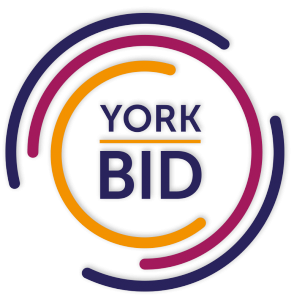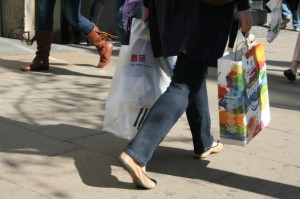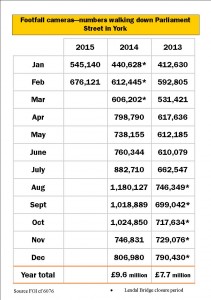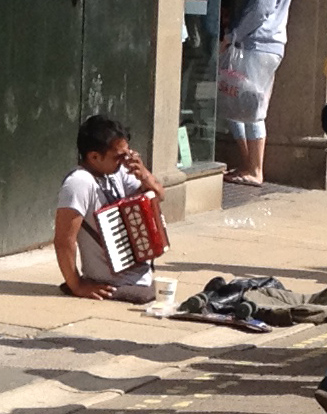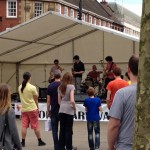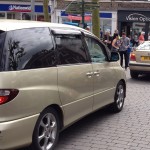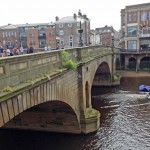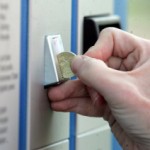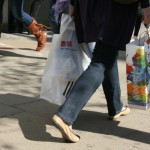It looks like a poll of businesses located in the City centre will be held in November to decide whether to establish a Business Improvement District (BID) in York City centre. The plans were approved by the Council’s Executive last week. The ballot will be run on behalf of the Council by the Electoral Reform Society.
For the bid to be approved it will need to secure the support of over 50% of the businesses in the area both in simple and in rateable value terms. If there is a yes vote, then the first levy on Business Rates will be available for investment during the next financial year starting in April.
Over £800,000 a year is expected to be raised from the levy each year.
The four priorities for funding have been identified as:
- Appearance and environment
- Events and Festivals
- Safe and secure
- Business Support and Development
Further details here (and see footnote)
This is the second attempt to establish a BID in York
The BID team still have to clarify several issues before the poll.
- The impact on marginal businesses – which add to the character of several of the City’s streets – may be adversely affected by the 1% increase in Business Rates that they will have to pay. Businesses with a rateable value of less than £12,500 are exempt from the new charge
- Similarly any additional investment in the City centre may draw trade away from sub-urban shopping areas like Front Street. The Make it York economic development organisation has yet to address the issue of sub-urban prosperity.
- The boundaries of the proposed BID area exclude many of the City centre car parks (Bootham Row, Union Terrace, Marygate, St Georges are not included). These car parks are often the first areas that visitors see close up when they arrive in the City. If part of the plan is to invest in cleanliness, street maintenance and floral enhancements, then car parks should be on the list.
- The BID board is currently self appointed. Elections to a new board are promised if a BID is agreed. However no guarantees have so far been given that different sectors (visitor attractions, retail, commercial, hospitality, residents associations etc.) will have a seat at the table. Similarly the requirements and aspirations of different geographical parts of the City do vary, so some sort of spatial spread of representation would be desirable.
- And finally the documents published so far by the BID organisation fail to tell us what “success” will look like. There are no performance indicators or targets. The relationship with “Make it York” is unclear although the terms of an SLA with the Council were agreed last week. Canny businesses will want to see the performance base data before they commit large sums of money to the project.
If these, and other, issues can be addressed before the ballot takes place, then the establishment of a BID in York will be a welcome initiative.
When suggested in the last decade it was the multiple stores that sunk the plan. Now the new BID promoters must convince the likes of Morrisons and Waitrose that they should vote for a scheme which may only be of marginal benefit to them.
We hope that they are able to do so.
The BID plans are described as

